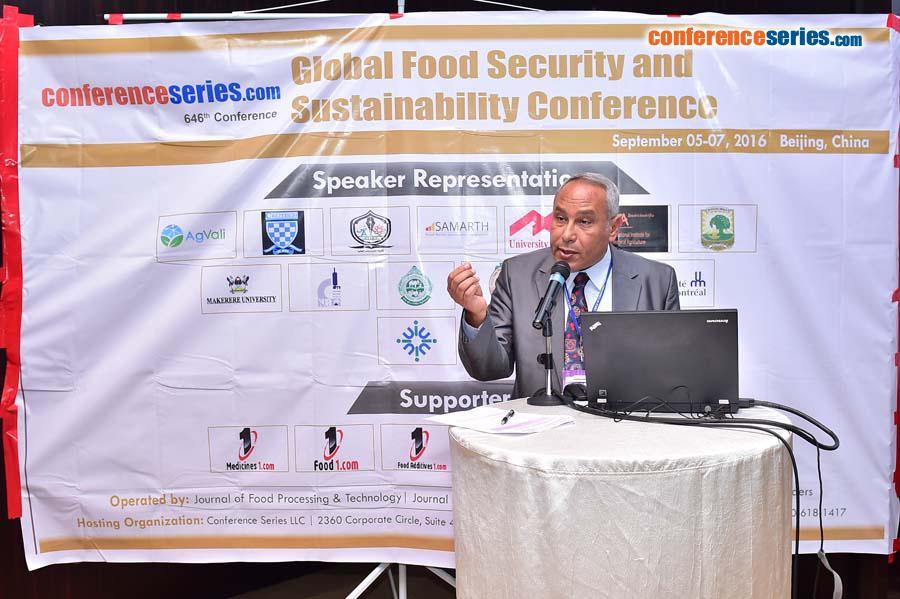
Gamal Fouad Mohamed
National Research Centre, Egypt
Title: Food preservation and safety of irradiation techniques
Biography
Biography: Gamal Fouad Mohamed
Abstract
Food irradiation is a processing and preservation technique with similar results to freezing or pasteurization. During this procedure, the food is exposed to doses of ionizing energy, or radiation. At low doses, irradiation extends a product’s shelf life. At higher doses, this process kills insects, moulds, bacteria and other potentially harmful micro-organisms. Food irradiation cannot kill viruses. Foods such as fruits, vegetables, spices and meats can be exposed to radiation to kill insects, moulds and micro-organisms. The food is exposed to ionising radiation, either from gamma rays or a high-energy electron beam or powerful x-rays. Gamma rays and x-rays are a form of radiation that shares some characteristics with microwaves, but with much higher energy and penetration. The rays pass through the food just like microwaves in a microwave oven, but the food does not heat up to any significant extent. Exposure to gamma rays does not make food radioactive. There are no detectable levels of radiation left behind in the products. Irradiation causes minimal changes to the chemical composition of the food, however, it can alter the nutrient content of some foods because it reduces the level of some of the B-group vitamins. This loss is similar to those that occur when food is cooked or preserved in more traditional and accepted ways, such as canning or blanching. Some foods, such as dairy foods and eggs, can't be irradiated because it causes changes in flavor or texture.





